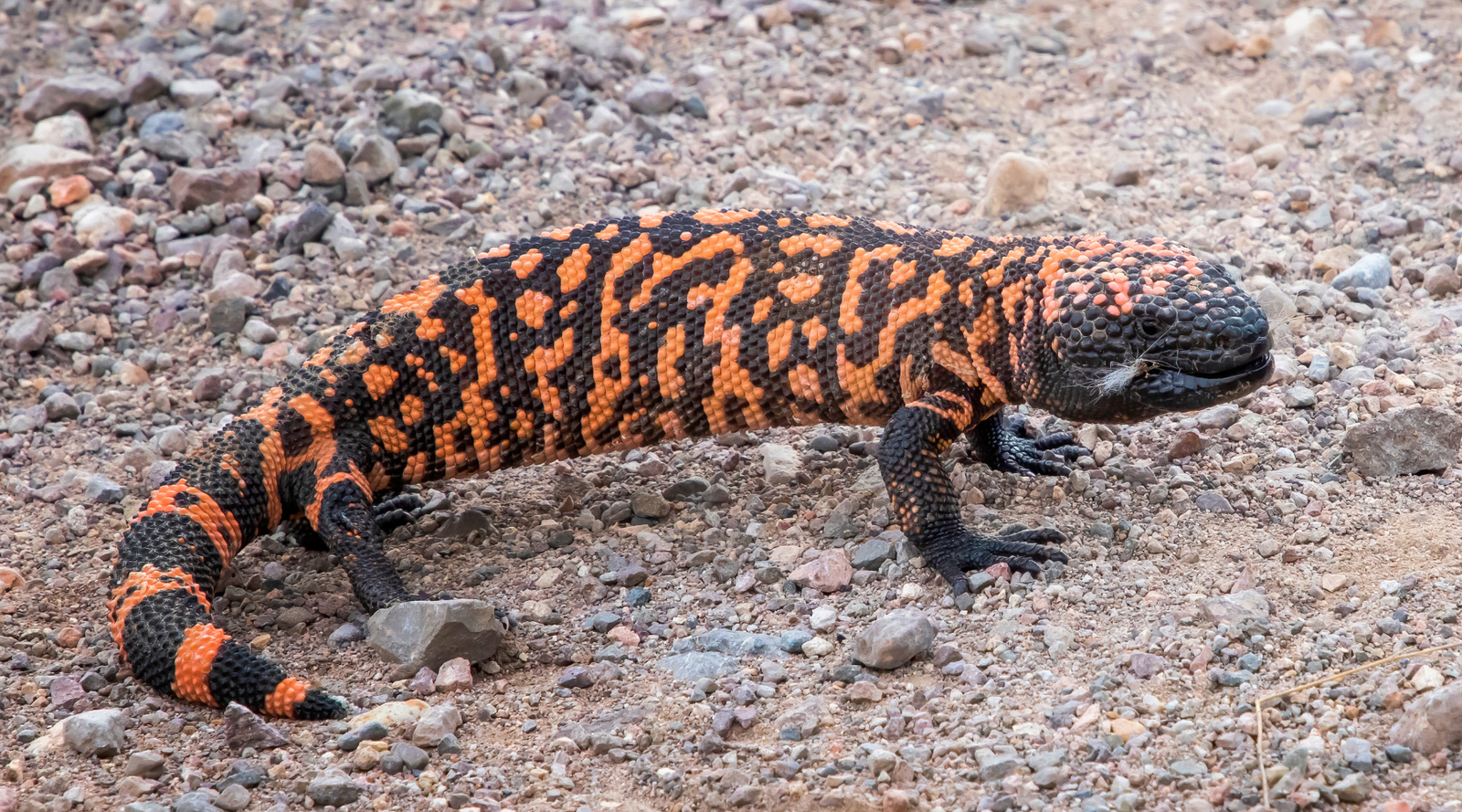Why Are Hemlock Trees Dying and What Can Be Done to Save Them?
Hemlock trees are incredibly important to our ecosystems, but they’re in trouble. These trees are dying in large numbers in various areas of the US, which is leading to their eradication at an alarming rate. Why are the hemlock trees dying and what can be done to save them?
Why Are Hemlock Trees So Important?
Hemlocks are beneficial in many ways, to the environment and the animals that live in their presence. Their ability to take up excess water helps to reduce the risk of flooding. When located alongside waterways, the shade they provide helps to regulate water temperatures and keep waterways oxygenated, which is important for many of the species that live there, including brook trout. Hemlocks also provide habitat for a wide variety of land-dwelling animals, including black bears, red squirrels, porcupines, snowshoe hares, and white-tailed deer. Each hemlock tree also traps and stores carbon dioxide, helping to reduce carbon dioxide levels in the atmosphere.
Why Are Hemlock Trees Dying?
A non-native insect named the woolly adelgid is to blame for the large-scale hemlock losses. Brought over from Japan in the 1920s, this insect was discovered in Virginia in the 1950s, then found in more US states. Climate change has helped them to expand further north – they’re now venturing into areas that were previously too cold for them to survive. According to National Park Service, infestations of this insect now cover about half of the hemlocks’ range.
Hemlocks infested with woolly adelgid turn a greenish gray and begin to thin out. The insects feed on them and take all their nutrients, until the trees can no longer survive.
Without intervention on a large scale, hemlocks will keep dying.

What Can Be Done to Stop Hemlock Trees Dying?
The National Park Service, US Forest Service, partners, and volunteers are working to monitor hemlocks and reduce the impact of woolly adelgids. Some of the methods being used are:
Chemicals
Insecticides are added to the roots of trees, which travels up to the leaves and kills the insect when ingested.
Predator Beetles
There are types of predator beetles that solely feed on woolly adelgids. The National Park Service view the release of these beetles as a long term plan that should help the survival of hemlock forests.
Thinning around Hemlocks
The Forest Service is researching different treatment methods, including thinning around hemlocks to increase sunlight levels to help strengthen the trees whilst battling for survival.
We hope that success can be found in the battle to save the dying hemlock trees. Celebrate the wonders of these important trees with our Hemlock Forest Collection and Western Hemlock Pine Cone Collection, or shop our entire Trees Collection.



















Leave a comment (all fields required)